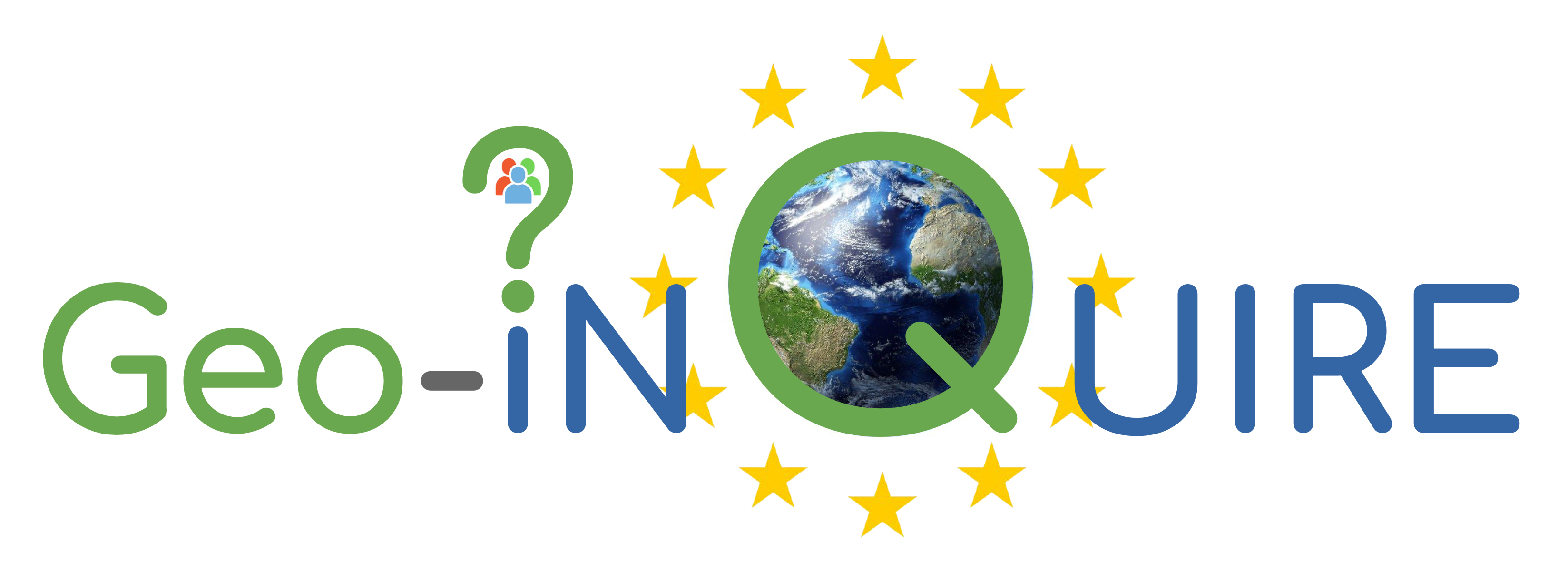Svelvik CO2 Field Lab (TA1-44-1)
This installation will be not open for the 2nd call.
1. Hosting Institution
SINTEF AS, represented by the Department of Applied Geoscience. Trondheim, Norway.
Physical and remote: Svelvik CO2 Field Lab, Fjordveien 20, 3490 Klokkarstua, Norway.
2. Description
Svelvik CO2 Field Lab is a small-scale test site in an easily accessible geological environment, which fills the gap between bench laboratory experiments and pilots. Due to its size, the controlled environment, and the potential of repeatable experiments, the field laboratory provides excellent possibilities to perform rapid and cost-efficient development and testing of CO2 monitoring methods and equipment.
The laboratory is established in the glaciofluvial-glaciomarine Holocene deposits of the Svelvik ridge and occupies a non-active part of a sand and gravel quarry in the outer part of Drammensfjorden, about 50 km south-west of Oslo in Norway. Down to approximately 30 m, the test site consists of unconsolidated to weakly consolidated sand. Below, rather heterogeneous, and interlayered sand, silt and clay layers in varying proportions exist, displaying a large span of porosity and permeability.
The field laboratory consists of an injection well and four monitoring wells. The injection well is designed for injecting water and/or CO2 at 64-65 meters depth. Tracers may be added to the CO2 stream. The four monitoring wells are 100 m deep and positioned at the corners of a rhombus with the injection well (#2) in the centre. The monitoring wells are located 9.9 m (M3 and M4) and 16.5 m (M1 and M2) from the injection well.
The monitoring wells are completed with PVC casing and instrumented behind the casing with:
- Sensors measuring pressure and temperature at the depth of injection
- Electrodes for electrical resistivity tomography (ERT)
- Commercial fibre optic cables from SOLIFOS: Straight DTS (Distributed Temperature Sensing), DSS (Distributed Strain Sensing) and DAS (Distributed Acoustic Sensing)
- Fibre optic cables provided by Lawrence Berkley National Laboratory (LBNL): Straight (DSS and DAS) and helical (DSS and DAS).
The interior of the wells is available for non-permanent monitoring equipment as the permanent instrumentation has been installed behind the casing. For instance, seismic P- and S-wave borehole sources may be used together with 3C borehole receivers or hydrophone chains, creating high resolution seismic cross-well data sets. The collocation of conventional seismic receivers and DAS cables will provide additional opportunities for the development and testing of fibre optic cables and processing techniques for this type of data. The inside of the wells will also be available for development and testing of future monitoring systems.
A DAS interrogator, a seismic data logger, as well as downhole P- and S-wave sources and hydrophone chains can be made available at the site.
3. Services offered
Svelvik CO2 Field Lab enables cost-efficient studies of quantitative CO2 monitoring methods and technology where high-quality data can be acquired under controlled conditions; where pressure and CO2 saturation can be varied independently; where a cross-well setup yields clean data undisturbed by "outside" or surface effects; and where experiments are repeatable as CO2 is not stored permanently in the subsurface. Svelvik CO2 Field Lab is unique as no other test sites can offer this combination.
4. Modality of access
- A maximum of 4 weeks of on-site time for visiting researchers. SINTEF personnel must be present at the site.
- Some data streams may be accessible from off-site.
5. Support
Skilled scientists and technicians are available to assist visiting researchers, both on-site and remotely. One experienced person from SINTEF will be on-site as the on-site HMS manager during the project execution. Only trained SINTEF personnel are allowed to operate the injection infrastructure.
SINTEF has implemented and maintains a quality management system that fulfils the requirements of the standard NS-EN ISO 9001:2008 within research and development in materials technology, advanced materials and nanotechnology, applied chemistry and biotechnology, oil and gas, and green energy and process industry.
6. Additional information
Target community/Users:
Researchers working on subsurface monitoring (e.g., for CO2 storage of pressure monitoring); Students.
Community Standards:
Pressure, temperature, and water level data can be provided in .csv or ascii format. Seismic data are stored in sg2 format.
More information:
- Key publications
- Jordan, M., Eliasson, P., Weinzierl, W., Ringstad, C., Raphaug, M., Grimstad, A. A., & Schmidt-Hattenberger, C. (2022). Learnings from the Pre-ACT campaign at the Svelvik CO2 Field Lab. Available at SSRN 4286508.
- Jordan, M., Eliasson, P., Grimstad, A., & De Jager, G. (2022, April). Svelvik CO2 Field Lab-Update on Site Behaviour and Fluid Migration During CO2 Injection. In EAGE GeoTech 2022 Sixth EAGE Workshop on CO2 Geological Storage (Vol. 2022, No. 1, pp. 1-5). European Association of Geoscientists & Engineers.
- Weber, U. W., Heeschen, K., Zimmer, M., Raphaug, M., Hagby, K., Ringstad, C., & Sundal, A. (2020, May). Tracer Design and Gas Monitoring of a CO2 Injection Experiment at the ECCSEL CO2 Field Lab, Svelvik, Norway. In EGU General Assembly Conference Abstracts (p. 18150).
- Sundal, A., Grimstad, A. A., Weber, U. W., Kurschner, W., Hagby, K., & Ringstad, C. (2020, May). Effects of geological heterogeneity on fluid distribution and pressure propagation in a shallow, stacked aquifer system at the ECCSEL Svelvik CO2 Field Lab, Norway. In EGU General Assembly Conference Abstracts (p. 21758).
7. Contact person
primary contact: Michael Jordan michael.jordansintef.no
secondary contact: Alv-Arne Grimstad alv-arne.grimstadsintef.no
